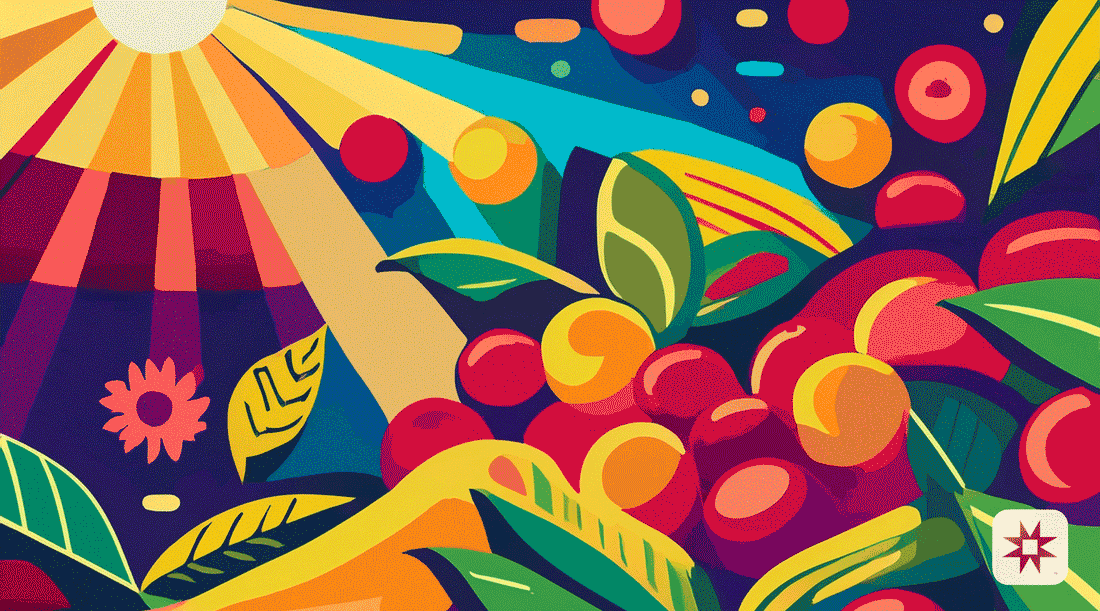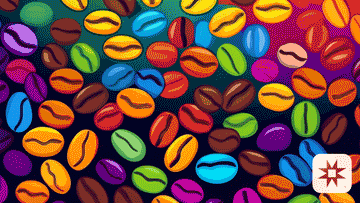
Roasting the Spirit of the Andes: A Guide to Our Peruvian Coffees
Roasting green coffee is an art, and every origin presents a new canvas. Our Peruvian coffees, cultivated in the high-elevation, shade-grown environments of Oxapampa, Peru, offer a unique and rewarding experience. These beans arrive with a story of slow maturation and an intentional character that, once understood, allows a roaster to unlock a truly spectacular cup.

The Foundation: Bean Density and Sugar
The key difference lies in the foundation of our beans. Our Strictly High Grown (SHG) coffees are nurtured in the cool, mountain air of the Andes, a climate that slows the maturation of the coffee cherry. This extended ripening period results in a denser, harder bean with a richer and more complex sugar content.
The sugars in green coffee are primarily in the form of sucrose. This sugar is a crucial component for flavor development. During the roasting process, these sugars caramelize and undergo chemical reactions, contributing to the coffee's sweetness, aroma, and color.
The ecological, shade-grown environment further contributes to this, protecting the beans from harsh sunlight and fostering an environment where they can develop at a deliberate pace. This density and sugar complexity are the heart of our coffee, waiting to be revealed in the roast.
Caramelization and Flavor
The heat of the roasting process causes the sucrose to break down and transform. This is known as caramelization, which creates a wide range of new flavor compounds. These compounds contribute to the coffee's sweetness and its distinct aroma. The higher-than-average sucrose content in SHG shade-grown beans, a result of their slow maturation, means there is a greater potential for these flavorful caramelization reactions to occur.
The Maillard Reaction
Simultaneously, the sugars in the coffee react with the amino acids in a process called the Maillard reaction. This chemical reaction is what creates many of the complex flavor compounds and the deep brown color of roasted coffee. The higher sucrose content provides a rich pool of sugars for this reaction, contributing to a more nuanced and complex flavor profile.
In essence, the roasting process is a deliberate chemical transformation of the sucrose, turning the stored sweetness of the green bean into the rich, complex, and aromatic character of the finished coffee.

Roasting Recommendations: Unleashing the Flavor
Roasting our high-elevation, shade-grown coffees requires a specific approach to honor their density and sugar content. Due to their hardness, these beans can absorb more heat, and we recommend a slightly higher initial charge temperature. A slower, more deliberate roast profile allows the heat to penetrate the dense cellular structure of the bean, ensuring an even development from the inside out. This careful approach prevents scorching and helps to fully caramelize the complex sugars, resulting in a cup with unparalleled clarity and a vibrant, nuanced flavor profile. This careful method is the key to unleashing the true essence of the Andes.

The Off-Gas Period: Patience for a Perfect Cup
Once roasted, the journey is not yet complete. Our dense, high-elevation beans have a longer off-gas period than many other coffees. Off-gassing is the natural process by which carbon dioxide escapes from the roasted bean. Allowing for an adequate off-gas period, typically around 3 to 7 days, is crucial. This patience allows the flavors to fully settle and the bean's true aromatic profile to emerge, creating a more balanced, sweeter, and more complete cup. It is the final step in a long and intentional journey, a brief waiting period for a reward that is well worth it.
Want to discover these beans? Contact Sunrise Trading today.





